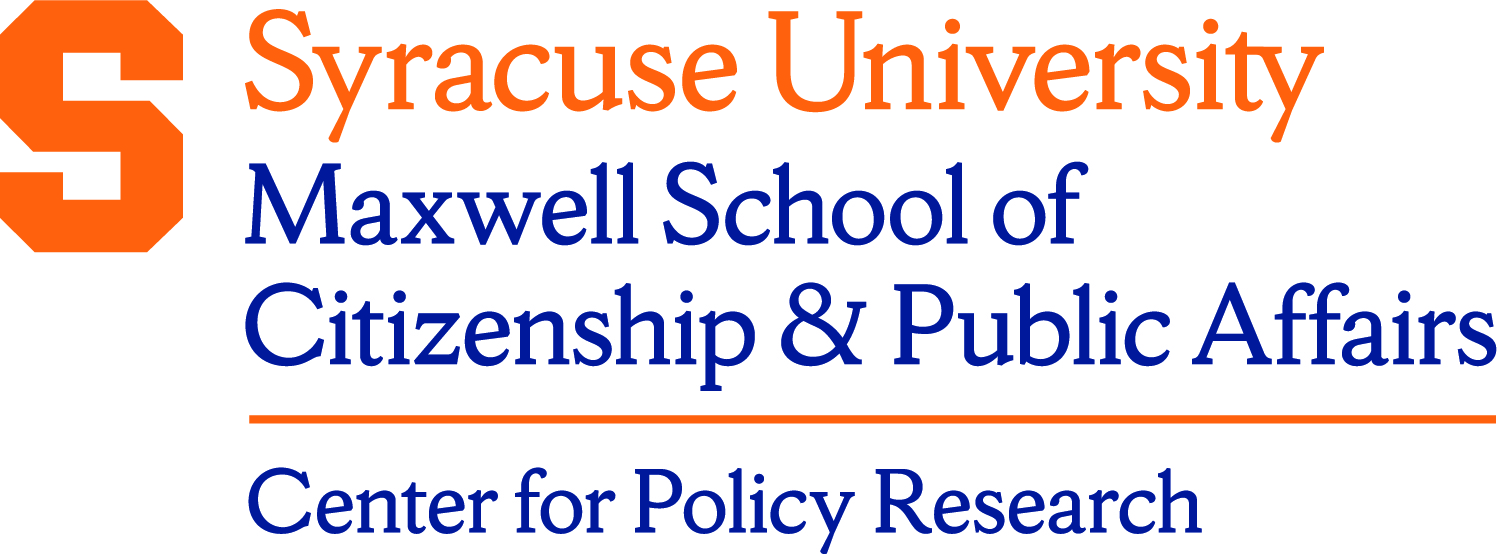Description/Abstract
Prescription drug expenditures make up less than 10 percent of total personal health care expenditures in the United States, but over the last decade the amount that Americans spend on prescription drugs has grown much faster than any other component of personal health care. For example, between 1999 and 2000, hospital care costs rose about 5 percent, physicians and clinical services 6 percent, while prescription drug expenditures climbed more than 17 percent. In dollar amounts, prescription drug expenditures doubled, from $61 billion to $122 billion, between 1995 and 2000. Is this an unwarranted expense that needs to be controlled, or does it represent increased value, as pharmaceuticals substitute for older, most costly treatments? What is the prevalence of health insurance coverage for prescription drugs, and how does this affect specific populations who have limited or no drug benefits? What are the components of drug prices? And what do we need to consider when we design health care policy? Stephen Soumerai and Patricia Danzon look at several aspects of pharmaceutical drug usage and pricing in the United States, illustrating their observations with their published research findings. They then briefly review recent legislative proposals to broaden public insurance coverage for prescription drugs and make their own policy recommendations.
Document Type
Policy Brief
Date
2002
Keywords
13th Annual Herbert Lourie Memorial Lecture on Health Policy, analysis of health care markets, health production, public health policy, medical care access
Language
English
Series
Reports Series
Disciplines
Pharmacy Administration, Policy and Regulation
Recommended Citation
Danzon, Patricia M. and Soumerai, Stephen B., "Pharmaceuticals: Access, Cost, Pricing, and Directions for the Future" (2002). Center for Policy Research. 20.
https://surface.syr.edu/cpr/20
Source
Metedata from RePec
Creative Commons License

This work is licensed under a Creative Commons Attribution 4.0 International License.



